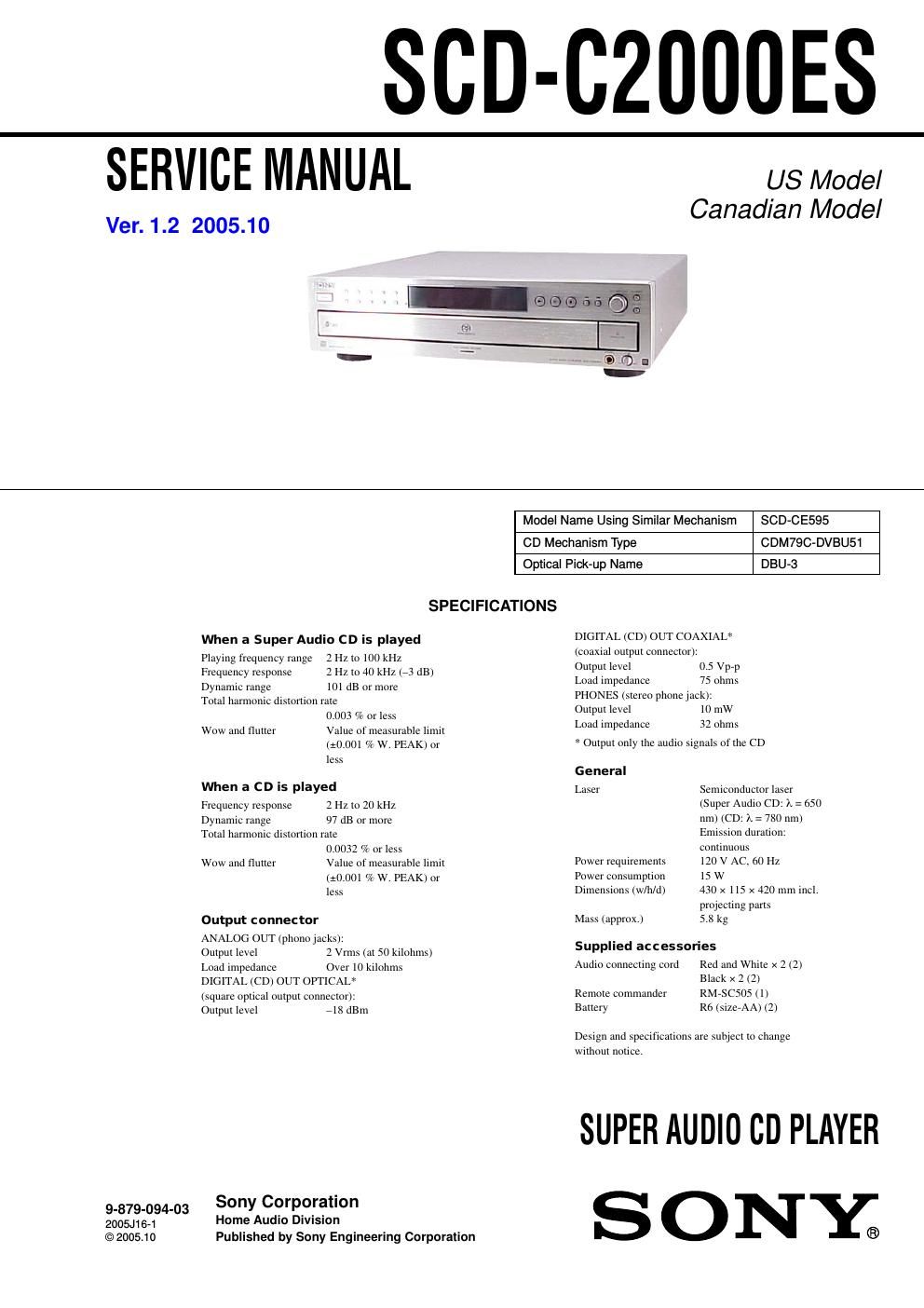Sony scd c 2000 es service manual
This is the 46 pages manual for sony scd c 2000 es service manual.
Read or download the pdf for free. If you want to contribute, please upload pdfs to audioservicemanuals.wetransfer.com.
Page: 1 / 46
